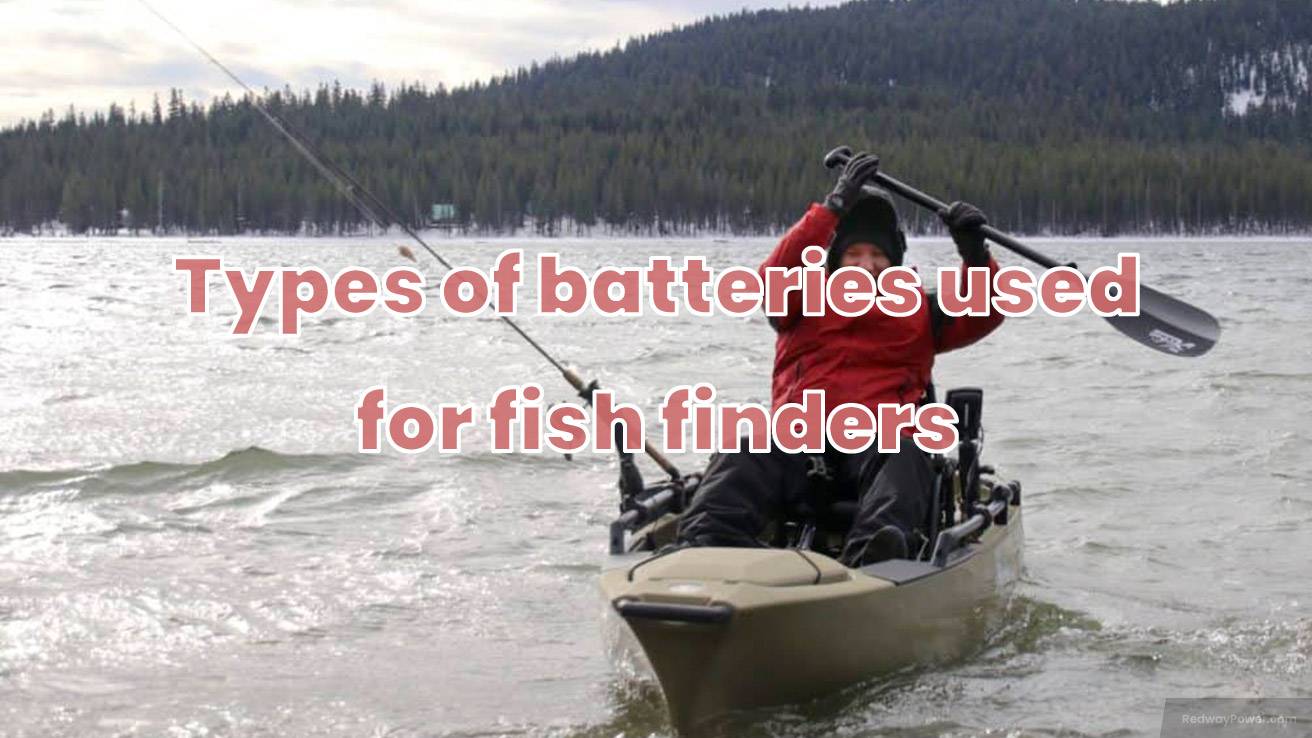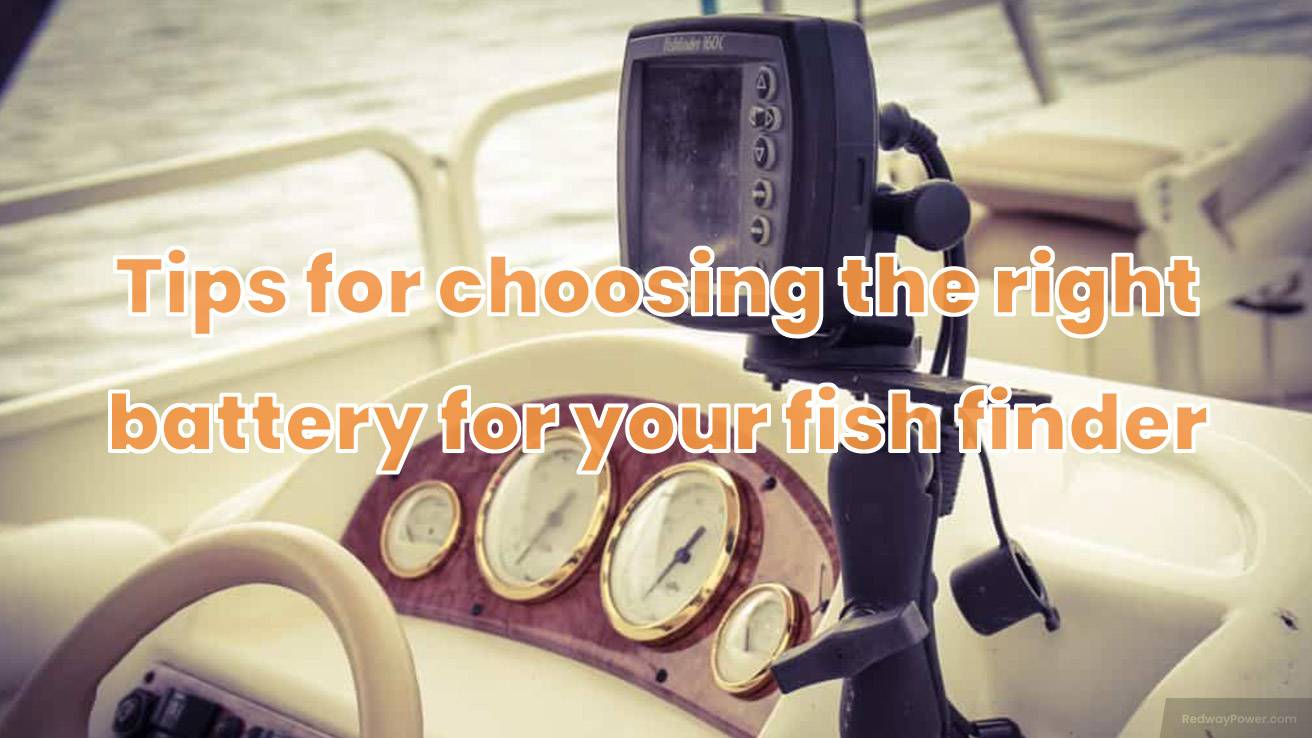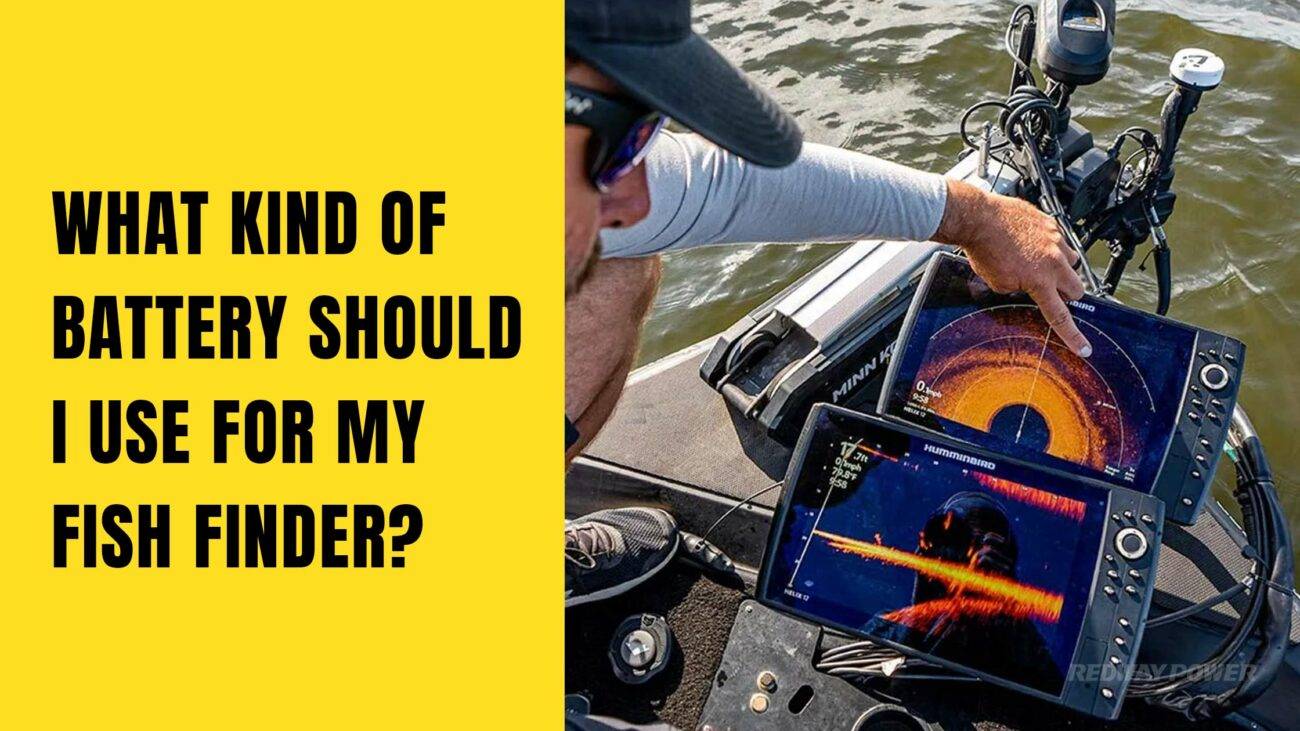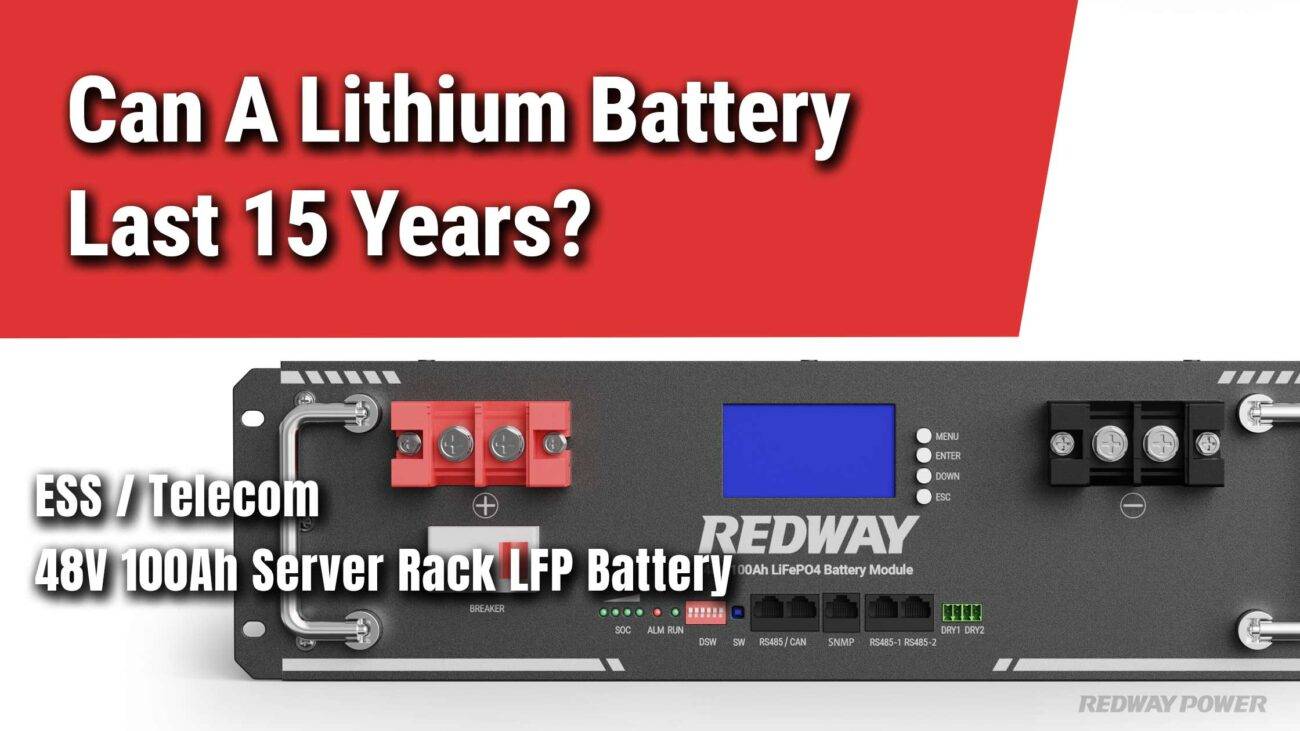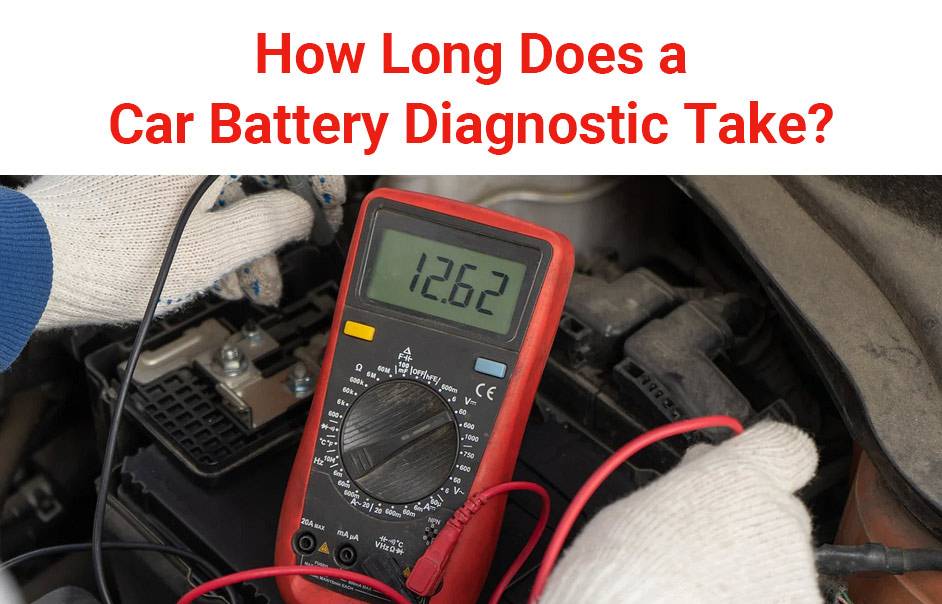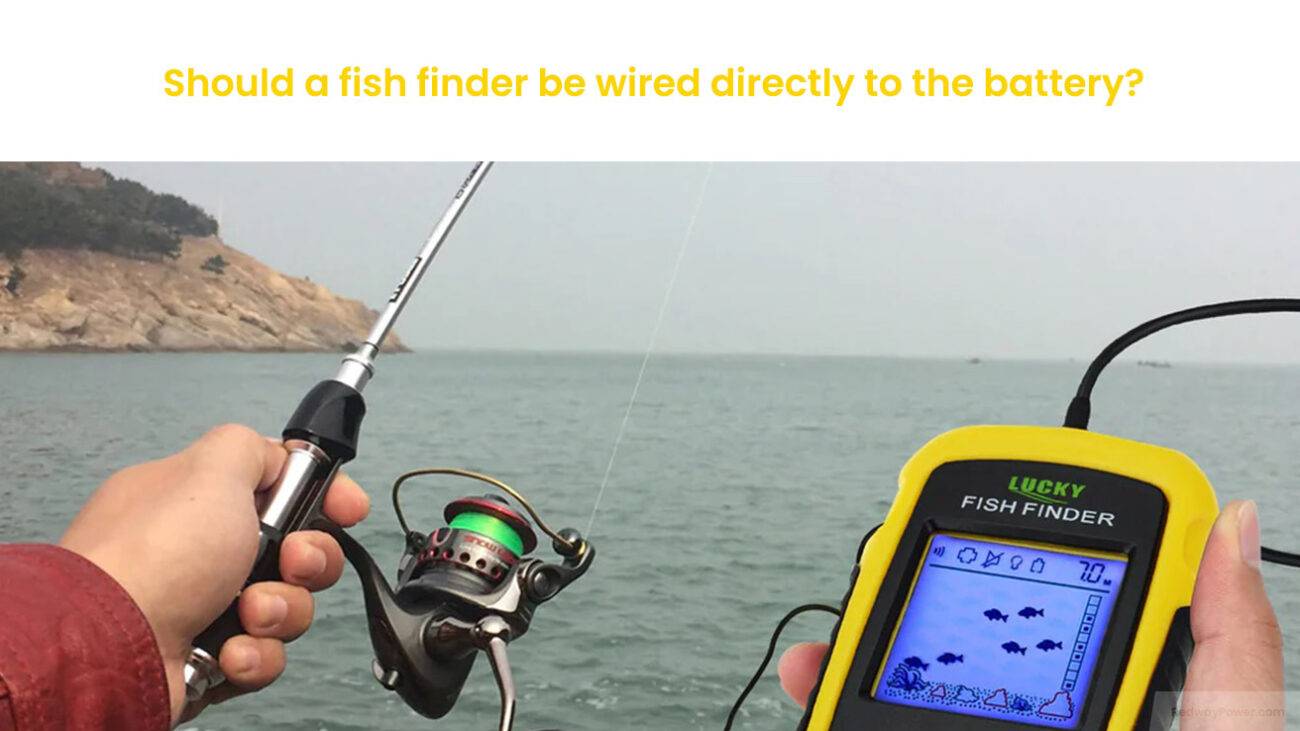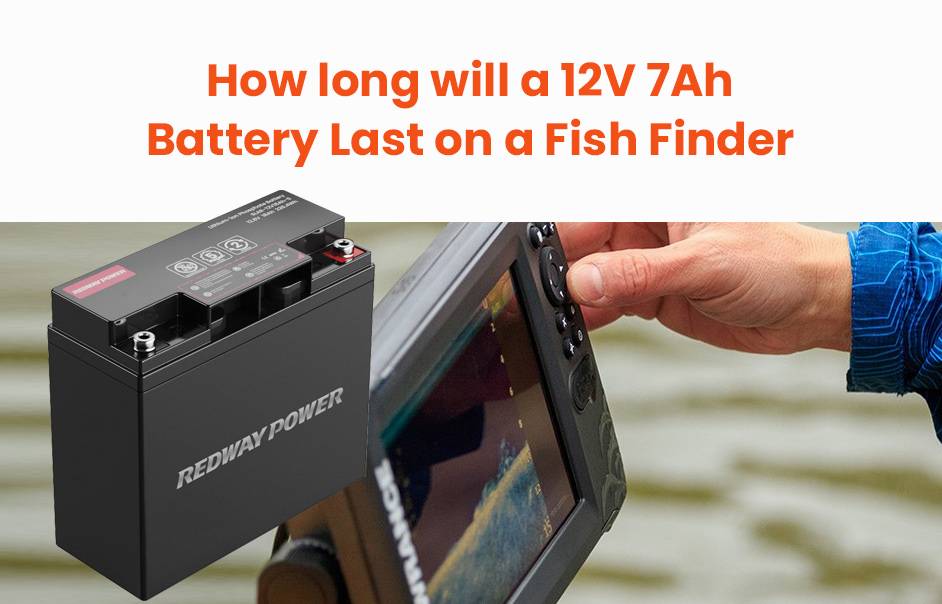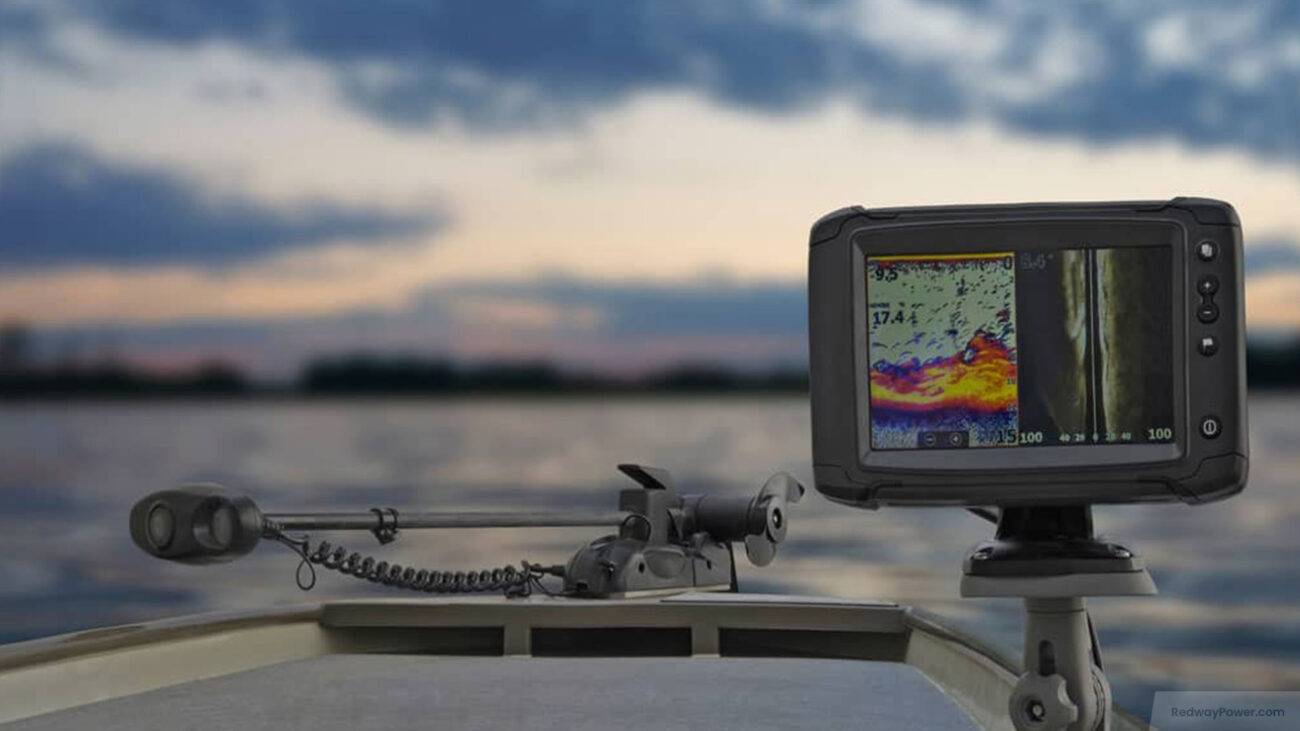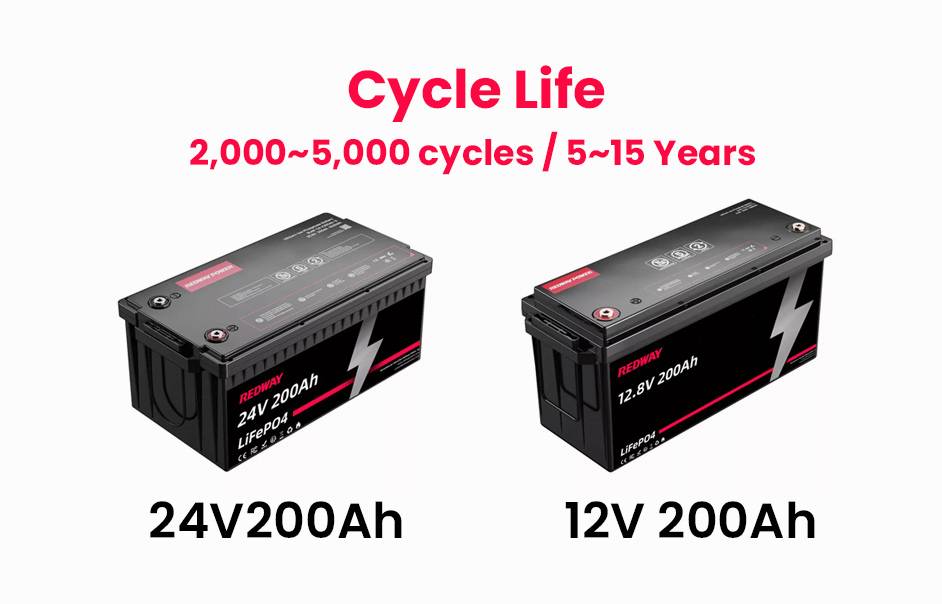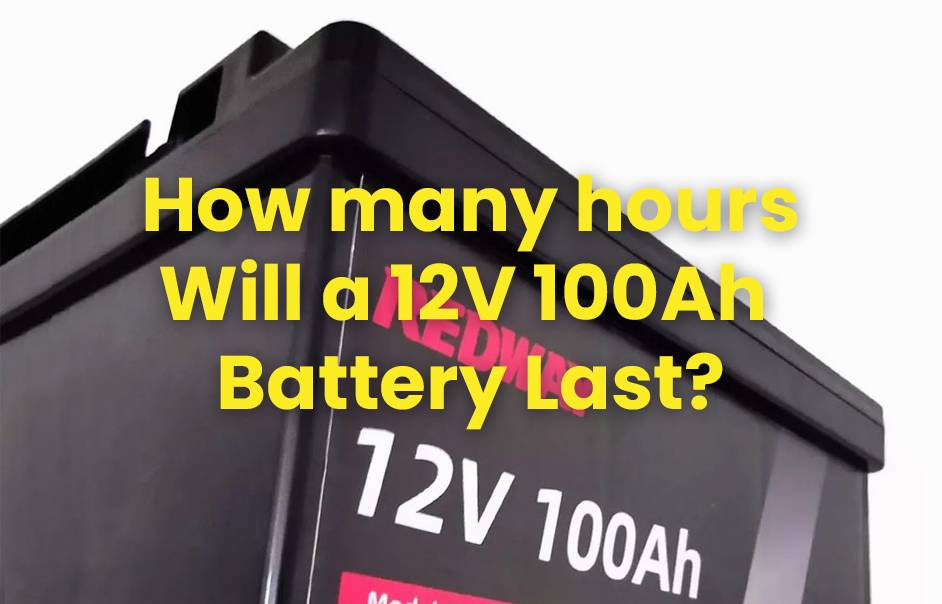- Forklift Lithium Battery
-
48V
- 48V 210Ah
- 48V 300Ah
- 48V 420Ah (949 x 349 x 569 mm)
- 48V 420Ah (950 x 421 x 450 mm)
- 48V 456Ah
- 48V 460Ah (830 x 630 x 590 mm)
- 48V 460Ah (950 x 421 x 450 mm)
- 48V 460Ah (800 x 630 x 600 mm)
- 48V 460Ah (820 x 660 x 470 mm)
- 48V 500Ah
- 48V 560Ah (810 x 630 x 600 mm)
- 48V 560Ah (950 x 592 x 450 mm)
- 48V 600Ah
- 48V 630Ah
-
48V
- Lithium Golf Cart Battery
- 12V Lithium Battery
12V 150Ah Lithium RV Battery
Bluetooth App | BCI Group 31
LiFePO4 Lithium
Discharge Temperature -20°C ~ 65°C
Fast Charger 14.6V 50A
Solar MPPT Charging - 24V Lithium Battery
- 36V Lithium Battery
- 48V Lithium Battery
-
48V LiFePO4 Battery
- 48V 50Ah
- 48V 50Ah (for Golf Carts)
- 48V 60Ah (8D)
- 48V 100Ah (8D)
- 48V 100Ah
- 48V 100Ah (Discharge 100A for Golf Carts)
- 48V 100Ah (Discharge 150A for Golf Carts)
- 48V 100Ah (Discharge 200A for Golf Carts)
- 48V 150Ah (for Golf Carts)
- 48V 160Ah (Discharge 100A for Golf Carts)
- 48V 160Ah (Discharge 160A for Golf Carts)
-
48V LiFePO4 Battery
- 60V Lithium Battery
-
60V LiFePO4 Battery
- 60V 20Ah
- 60V 30Ah
- 60V 50Ah
- 60V 50Ah (Small Size / Side Terminal)
- 60V 100Ah (for Electric Motocycle, Electric Scooter, LSV, AGV)
- 60V 100Ah (for Forklift, AGV, Electric Scooter, Sweeper)
- 60V 150Ah (E-Motocycle / E-Scooter / E-Tricycle / Tour LSV)
- 60V 200Ah (for Forklift, AGV, Electric Scooter, Sweeper)
-
60V LiFePO4 Battery
- 72V~96V Lithium Battery
- Rack-mounted Lithium Battery
- E-Bike Battery
- All-in-One Home-ESS
- Wall-mount Battery ESS
-
Home-ESS Lithium Battery PowerWall
- 24V 100Ah 2.4kWh PW24100-S PowerWall
- 48V 50Ah 2.4kWh PW4850-S PowerWall
- 48V 50Ah 2.56kWh PW5150-S PowerWall
- 48V 100Ah 5.12kWh PW51100-F PowerWall (IP65)
- 48V 100Ah 5.12kWh PW51100-S PowerWall
- 48V 100Ah 5.12kWh PW51100-H PowerWall
- 48V 200Ah 10kWh PW51200-H PowerWall
- 48V 300Ah 15kWh PW51300-H PowerWall
PowerWall 51.2V 100Ah LiFePO4 Lithium Battery
Highly popular in Asia and Eastern Europe.
CE Certification | Home-ESS -
Home-ESS Lithium Battery PowerWall
- Portable Power Stations
How Long Will a Battery Run a Fish Finder?

The runtime of a battery used in a fish finder varies based on several factors, including battery type, capacity, and power consumption of the device. Typically, a 12V battery with sufficient capacity can run a fish finder for several hours, making it essential to understand these variables for optimal performance.
What Factors Affect Battery Life in Fish Finders?
Several factors influence how long a battery will last when powering a fish finder:
- Power Consumption: Different fish finders consume varying amounts of power, typically ranging from 0.5A to 2A depending on features like screen brightness and sonar settings.
- Battery Capacity: Measured in amp-hours (Ah), higher capacity batteries provide longer runtimes. For example, a 10Ah battery can theoretically run at 1A for 10 hours.
- Usage Patterns: Continuous operation drains batteries faster than intermittent use.
- Environmental Conditions: Cold temperatures can reduce battery efficiency and runtime.
| Factor | Impact on Runtime |
|---|---|
| Power Consumption | Higher consumption = shorter runtime |
| Battery Capacity | Larger capacity = longer runtime |
| Usage Patterns | Continuous use = quicker drain |
| Environmental Conditions | Cold weather = reduced efficiency |
How Do You Calculate Battery Runtime for Fish Finders?
To estimate how long your battery will run your fish finder, use the following formula:
Runtime hours =Battery Capacity Ah / Power Consumption A
For example, if you have a 12V battery with 10Ah capacity and your fish finder consumes 1A, the calculation would be:
Runtime=10 Ah1 A=10 hours
What Types of Batteries Are Best for Fish Finders?
The best batteries for fish finders include:
- Lithium-Ion Batteries: These are lightweight, have high energy density, and can last up to 10 years with proper care.
- Nickel-Metal Hydride (NiMH): These batteries are also rechargeable and have decent performance but typically offer lower capacity than lithium-ion.
- Sealed Lead Acid (SLA): While heavier and less efficient, SLA batteries are cost-effective and commonly used.
| Battery Type | Advantages | Disadvantages |
|---|---|---|
| Lithium-Ion | Lightweight, long lifespan | Higher initial cost |
| Nickel-Metal Hydride | Rechargeable, good performance | Lower energy density |
| Sealed Lead Acid | Cost-effective | Heavy, shorter lifespan |
How Can You Extend the Life of Your Fish Finder Battery?
To maximize battery life:
- Regular Charging: Avoid deep discharges; recharge when levels drop below 50%.
- Temperature Management: Store batteries in moderate temperatures to prevent damage.
- Use Efficient Settings: Reduce screen brightness and turn off unnecessary features when not in use.
- Periodic Maintenance: Check connections and clean terminals to ensure optimal performance.
What Is the Average Lifespan of a Fish Finder Battery?
The average lifespan varies by battery type:
- Lithium-Ion Batteries: Up to 10 years with proper maintenance.
- Nickel-Metal Hydride (NiMH): Typically lasts around 5 years.
- Sealed Lead Acid (SLA): Generally lasts between 3 to 5 years, depending on usage.
How Do Different Battery Types Impact Performance?
Different battery types affect performance in various ways:
- Lithium-Ion Batteries provide consistent power output and faster charging times compared to other types.
- NiMH Batteries, while effective, may not deliver as much power under heavy loads as lithium-ion options.
- SLA Batteries, although cheaper, often suffer from weight issues and lower efficiency.
Why Is It Important to Choose the Right Battery Capacity?
Choosing the right battery capacity is crucial because:
- Runtime Requirements: Ensures that you have enough power for your fishing trip without interruptions.
- Device Compatibility: Different fish finders have varying power needs; matching capacity helps avoid underperformance or damage.
- Cost Efficiency: Selecting an appropriately sized battery prevents overpaying for unnecessary capacity while ensuring reliability.
Replacement Options for Lithium-Ion Batteries
For those looking for alternatives or replacements, consider:
- Nickel-Metal Hydride (NiMH): Offers decent performance but generally has lower energy density than lithium-ion.
- Lead-Acid Batteries: More affordable but heavier and less efficient compared to lithium-ion options.
- Solid-State Batteries: Emerging technology with potential advantages in safety and energy density.
Redway Power has great solutions for enhancing performance with high-quality lithium-ion batteries tailored to specific needs.
Tips for Battery Wholesale Buyers
When sourcing batteries wholesale, consider these key points:
- Quality Assurance: Ensure manufacturers adhere to strict quality standards.
- Experience: Choose manufacturers with proven expertise in lithium battery production.
- OEM Capabilities: Look for manufacturers like Redway Power, known for their OEM services, ensuring they can meet specific design requirements.
To place an OEM order with a reliable manufacturer like Redway Power, follow these steps:
- Define your specifications clearly.
- Contact the manufacturer to discuss your needs.
- Review samples or prototypes before finalizing your order.
Redway Power Expert Views
“Selecting the right battery type and capacity is essential for maximizing your fishing experience,” states an expert from Redway Power. “Understanding how different batteries perform under various conditions will help you make informed decisions.”
FAQ Section
- How long will a typical battery run my fish finder?
A typical 12V battery can run a fish finder anywhere from 5 to 10 hours depending on its capacity and power consumption. - What type of battery is best for my fish finder?
Lithium-ion batteries are often recommended due to their lightweight design and long lifespan. - How can I extend my fish finder battery’s life?
Regular charging, avoiding deep discharges, and maintaining moderate temperatures can help extend battery life.
FAQs
What are benefits and features of Dakota Lithium Powerbox+ 60?
What Dakota Lithium battery is recommended for fishing kayaks, canoes, small boats?
What Dakota Lithium battery options are recommended for various fish finder models?
What factors affect the battery life of a fish finder?
Battery life for fish finders is influenced by several factors, including the type of battery used (lead-acid vs. lithium), the power consumption of the fish finder, frequency of use, and environmental conditions. Additionally, maintaining proper charge levels and avoiding deep discharges can significantly extend battery lifespan.How does the battery type impact the performance of a fish finder?
The battery type directly affects a fish finder’s performance. Lithium batteries provide higher energy density, faster charging, and longer lifespans compared to lead-acid batteries. This results in consistent power delivery and less downtime, enhancing overall functionality during fishing trips.
Battery life for fish finders is influenced by several factors, including the type of battery used (lead-acid vs. lithium), the power consumption of the fish finder, frequency of use, and environmental conditions. Additionally, maintaining proper charge levels and avoiding deep discharges can significantly extend battery lifespan.How does the battery type impact the performance of a fish finder?
The battery type directly affects a fish finder’s performance. Lithium batteries provide higher energy density, faster charging, and longer lifespans compared to lead-acid batteries. This results in consistent power delivery and less downtime, enhancing overall functionality during fishing trips.
Are there specific brands of fish finders that work best with LiFePO4 batteries?
Brands like Lowrance, Humminbird, and Garmin are known to perform well with LiFePO4 batteries. These fish finders benefit from the lightweight nature and high energy efficiency of lithium batteries, ensuring reliable operation and extended usage times on the water.
How often should the battery of a fish finder be replaced?
Fish finder batteries should be replaced based on their type and usage patterns. Lead-acid batteries typically last 1-2 years, while lithium batteries can last 5 years or more with proper maintenance. Regularly check performance; replace when significant capacity loss is noticed.
What are the energy consumption patterns of fish finders?
Fish finders generally consume between 0.5 to 2 amps, depending on features like screen brightness and sonar usage. Higher-end models may draw more power during peak operation. Understanding these consumption patterns helps in selecting an appropriately sized battery for extended use.














